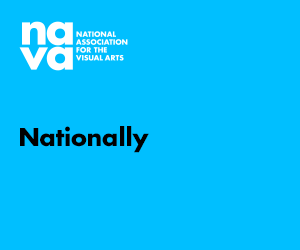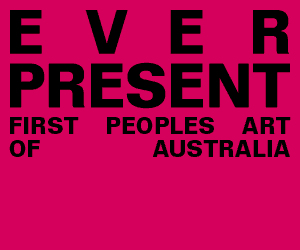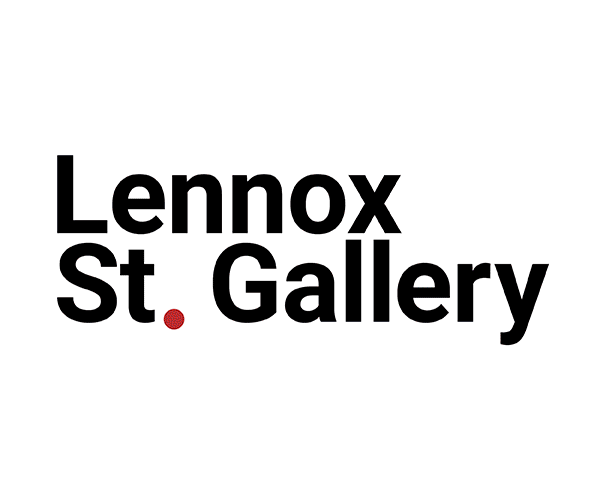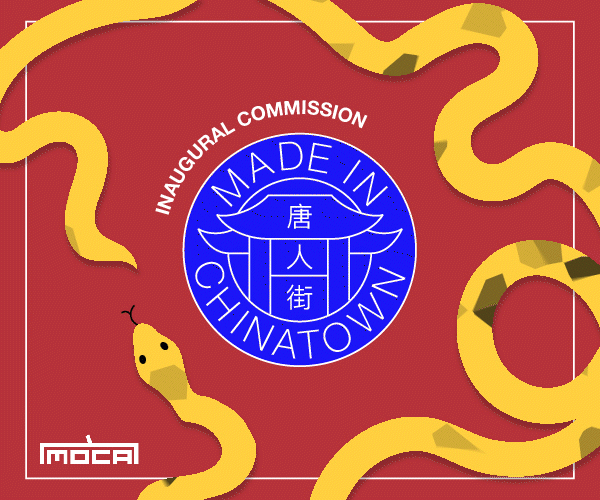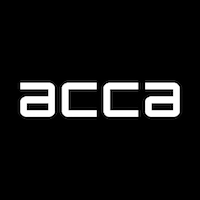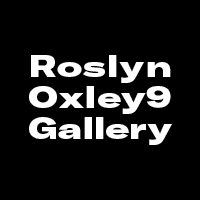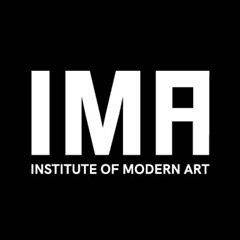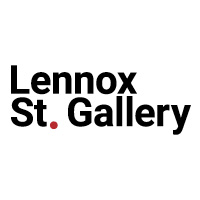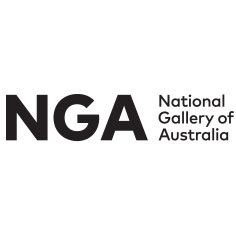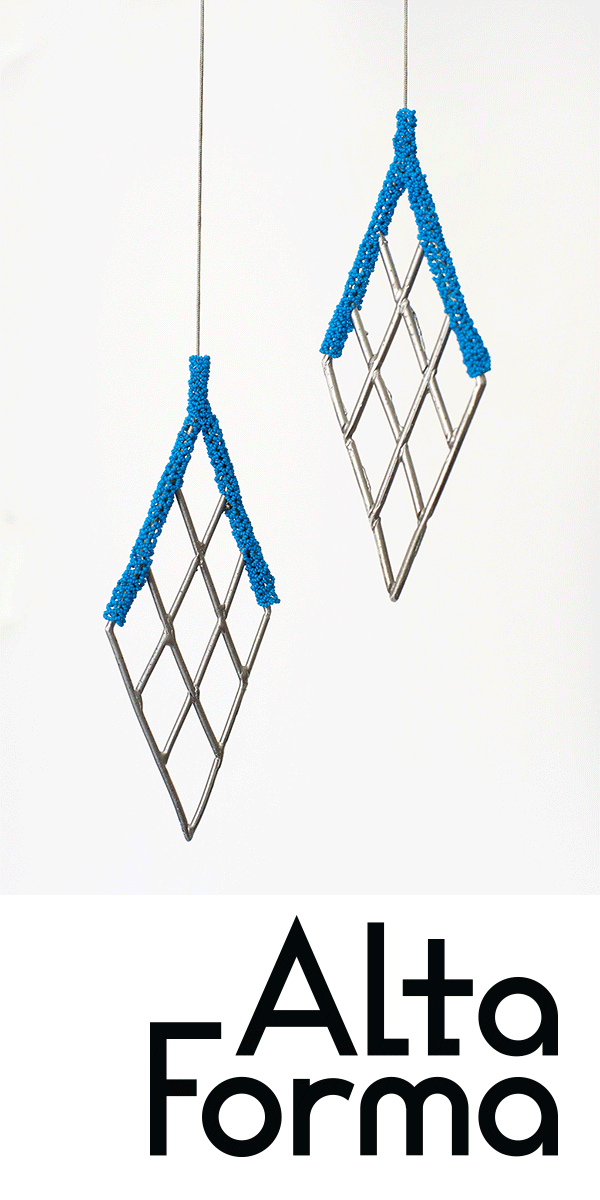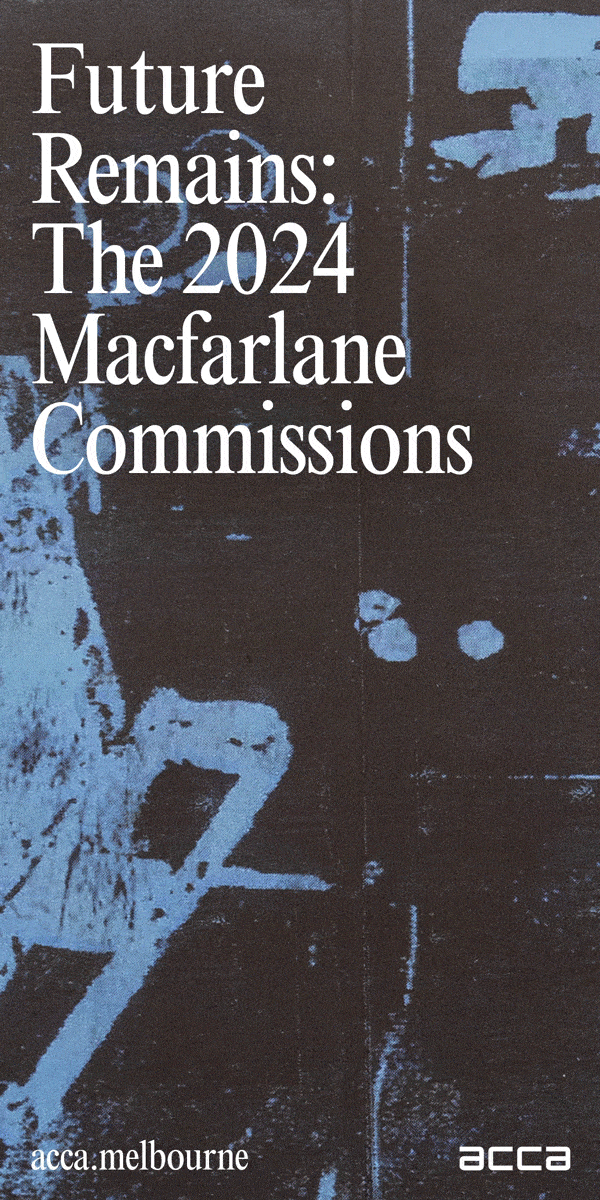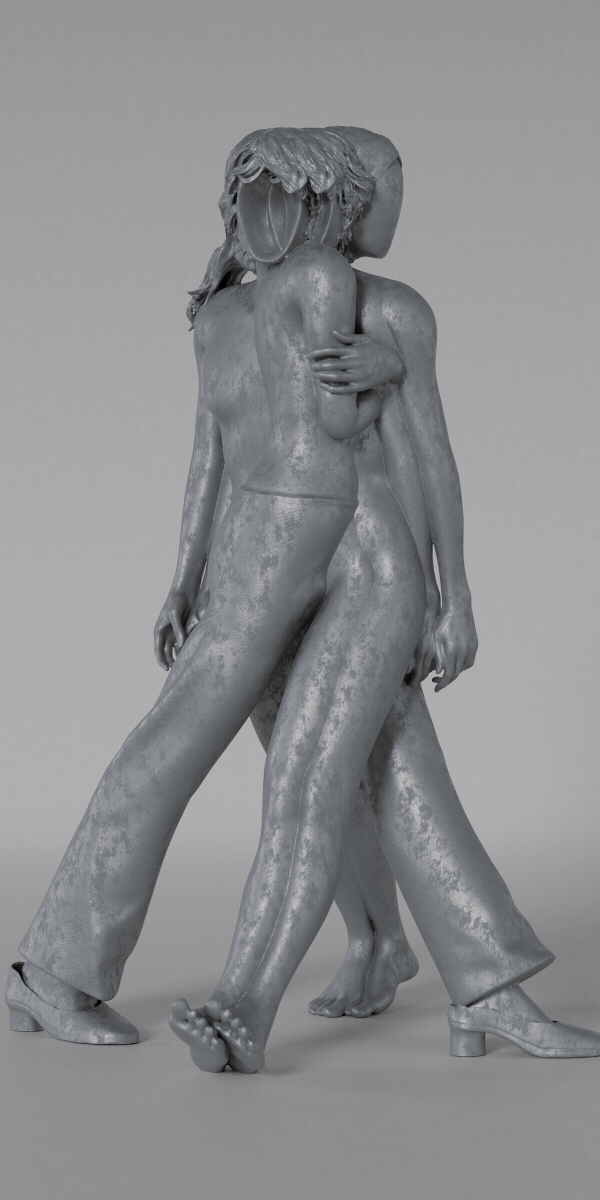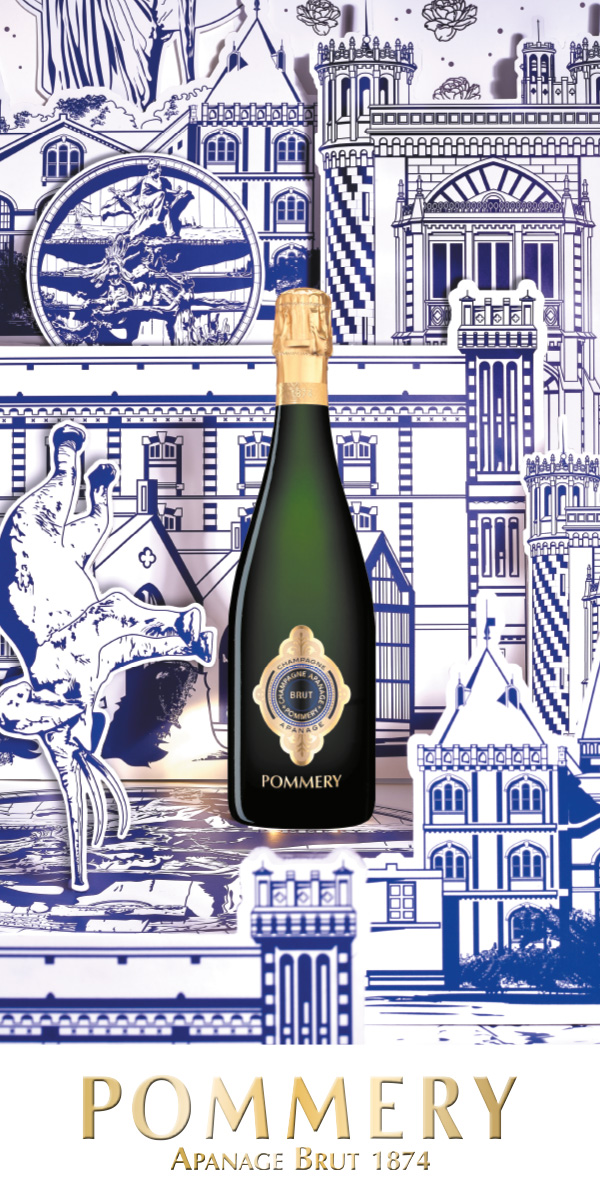Su san Cohn: Robotics for Purpose
With a career spanning nearly forty years, Su san Cohn is an important national figure, leading the way in exploring ideas at the intersection of industrial production and the handmade. Although principally known as a jeweller and metalworker, Cohn’s conceptual practice encompasses the graphic arts, design and installation.
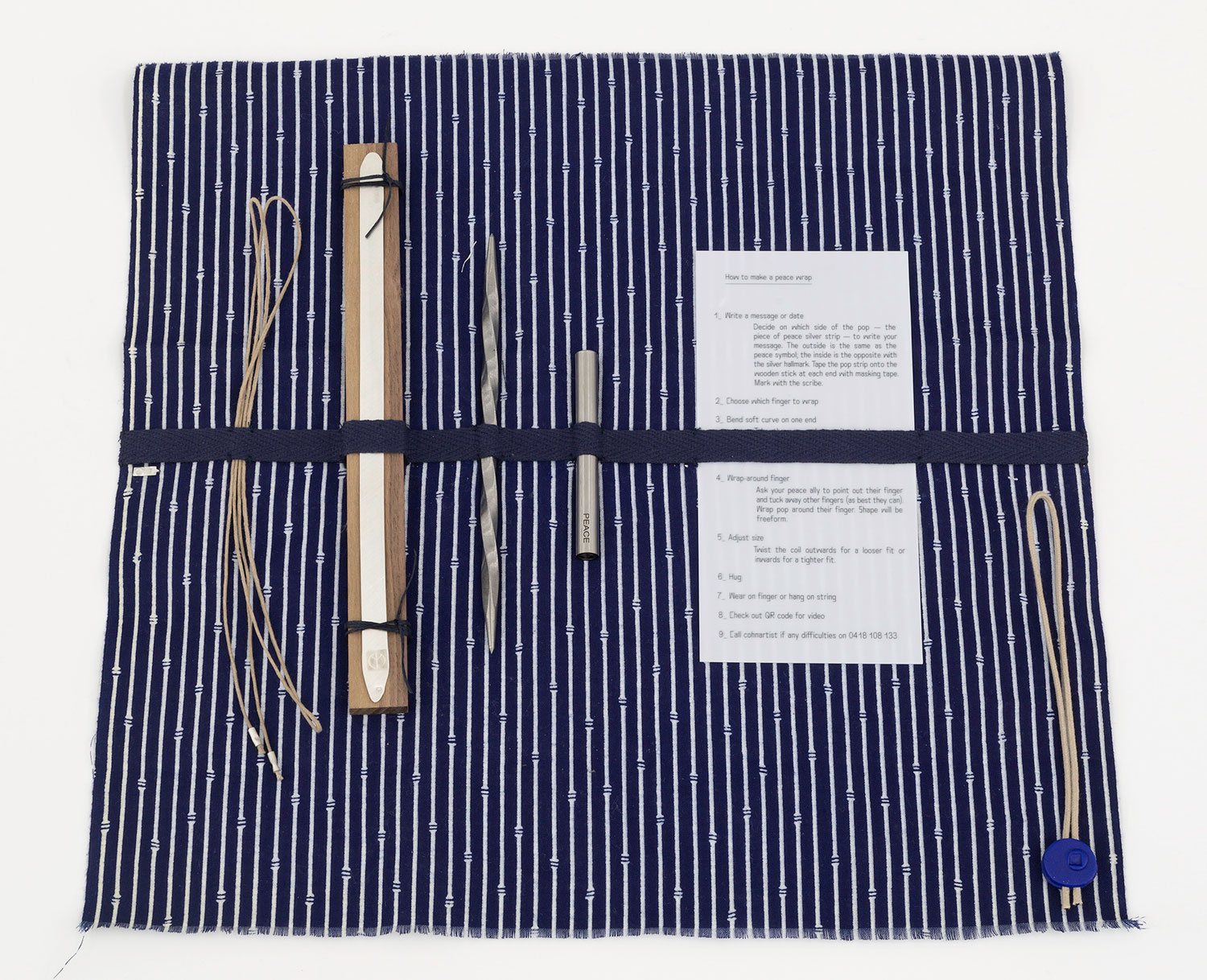
Image credit: Su san Cohn, Peace Tool Kit, 2023, fine silver, Japanese cotton wrap, walnut wood, s/s scribe, s/s peace touch mark, waxed linen thread, rapid draw film, herringbone tape, polymer clay, Wrap: 345 mm square, Piece of peace (pop): 215 x 85 x .04 mm. Courtesy the artist and Anna Schwartz Gallery
In 1980, Cohn had an idea – to provide equipment and accessible studio space that graduates and artisans could rent. This idea became Workshop 3000, which she established with jeweller Dr Marian Hosking and RMIT gold and silversmithing technician Harry Rowlands (1924–93). In 1984, Cohn assumed the role of sole director of Workshop 3000, which moved in 1992 from its original base in Melbourne’s Kirks Lane to its present site in Flinders Lane.
Cohn maintains the original ethos of Workshop 3000 through her willingness to act as a mentor, and offers practical guidance to emerging practitioners. “I had two very supportive mentors: the graphic designer Garry Emery (before I studied gold and silversmithing) and Marian Hosking in the early days of Workshop 3000, who helped me establish my working practice. I have not forgotten what I learnt from these mentors and the many people I have collaborated with over the years,” she asserts.
Depending on Cohn’s schedule, the Workshop 3000 placements can last from six months to five years, and usually involve two makers concurrently in the studio undertaking a project (exhibition or production range). “These mentorships are my small way of contributing to younger makers … I use the parameters and needs of their project to teach them about the various logistics of practice. We learn from each other. This contact with younger makers keeps me connected to the times, to changes in thinking and tastes. At the same time, I need to remember the key basics of building a practice, which helps keep me grounded. Most of all, it is fun working with others.”
Following an international competition, Cohn became the first Australian designer to have work mass-produced by the Italian design firm Alessi. Her perforated powder-coated steel mesh with stainless steel edge Cohncave Bowl (1992) uses the passage of light between two superimposed nets to create a distinctive moiré effect, and has been in continuous production since. Continuing the pun on her name, the Cohndom Box was originally made for a solo exhibition in 1995, before it was selected by Alessi for production in 1997. In 2021, Alessi celebrated a centenary of research in the field of applied arts with the ‘100 Values Collection’, which included Cohn’s bowl. Cohn was inducted into the Design Institute of Australia Hall of Fame in 1996 and was the subject of a survey exhibition at the National Gallery of Australia, Techno craft: the work of Susan Cohn 1980 to 2000, which toured to state capitals until 2003.
It might seem incongruous for an artist deeply concerned with strategies of preserving individuality within design mass-production to be working with robots. Nonetheless, Cohn has long been interested in what experimentation and technology has to offer an area of arts practice intrinsically linked to industry; she first acquired an instructional robot in 2015. “Working with robots is now possible for me, as a single maker operating out of a studio, because at this moment in industrial production the economics have evolved so that it’s affordable,” she explains. “They’re basically the price of a good lathe.”
Although Cohn stresses that the robots have no agency, as distinct from AI, she finds their capacity for ‘forever fabrication’ useful when it comes to repetitive tasks and rote-making, which frees up her time. “This resonates with me because I’ve always been interested in the crossover between industrial production and handmaking, between the many, the multiple and the one-off. I’ve always been interested in this tension between the democratic and the élite in the context of my practice.” Of late, Cohn has utilised the skills of three UFactory Lite 6 table-top axis robot arms, which she has designated Dirty, Dull and Dangerous. “In order to mass produce, I needed to get complicit with some robots.”
These ‘artificial assistants’ were deployed as part of the exhibition Pieces of Peace (2023) and documented by Cohn’s long-term collaborator Fred Kroh. Cohn was intrigued by the idea of using a production line premise, with its military connotations of generating components for warfare, to create peace offerings: silver rings individually dipped in paint, earrings and tokens made of interchangeable aluminium discs bearing a peace sign. The project continued Cohn’s interest in of the social agency and accessibility of jewellery. Her objects express the idea that jewellery as a language has the potential to allow people to communicate during difficult moments, or that it can create space for that discussion.
A motivating factor in Cohn’s exploration of what it means to ‘make peace’ was a rupture in the relationship she had with her late sister, Lisa. The signature work for the show, Peace Tool Kit (2023), contains a strip of fine silver to form a ring, a scribe for writing a message, a peace stamp, waxed linen thread and an instruction sheet. “Often in an estrangement you’re not talking, and this was the case for us, so I wanted to think about how I could open up a conversation with her: what could I give her that says, ‘Peace, I love you, let’s start again.’ It took me a long time to work it out. I think when you’re in conflict with someone a kind of inertia can take over, it can be paralysing,” Cohn admits.
Her original plans for the exhibition were impacted by the pandemic and the interminable Melbourne lockdowns, when the parameters for communication became strained and highly contested. The central premise of the show achieved an even greater resonance after Russia invaded Ukraine in February 2022. “An object carries ambiguity whereas words often don’t. Jewellery sits outside the conventional strategies of peace-making so the terms of making peace are more open. It triggers a different way of negotiating,” Cohn believes. “Because there are so many interactions like this in our lives, I want to mass produce something that could work on a community level, like the AIDS ribbon or the peace badge – something that unifies people whose values are aligned.”
During production, Cohn noticed that the robot was marking the discs with paint in different ways. “Robots do tasks I don’t want to do anymore, and they’ve shown me ways to do things that I can do, but differently. They’ve added another layer of detail and expression to my practice.” Cohn’s use of robots differs from conventional modes of production in another significant aspect. “I want to be in control of the process so that the demand is based in the social not the economic … I want to produce thousands of peace tokens to be accessible to as many people as possible. Because there is a lot of peace that needs to be made. I want to make them with the care needed when making by hand. Because that’s how I think you broker peace, with care.”
Su san Cohn is represented by Anna Schwartz Gallery, Melbourne.
annaschwartzgallery.com
@cohnartist5

Image credit: Su san Cohn, Dirty, Dull, Dangerous, 2022, UFactory LITE 6 tabletop 6 axis robot arm programmed with 12 tasks, dimensions variable. Courtesy the artist and Anna Schwartz Gallery

Image credit: Su san Cohn, Peace Earrings, 2023, anodised aluminium, fine silver fittings, 44 mm diameter. Courtesy the artist and Anna Schwartz Gallery
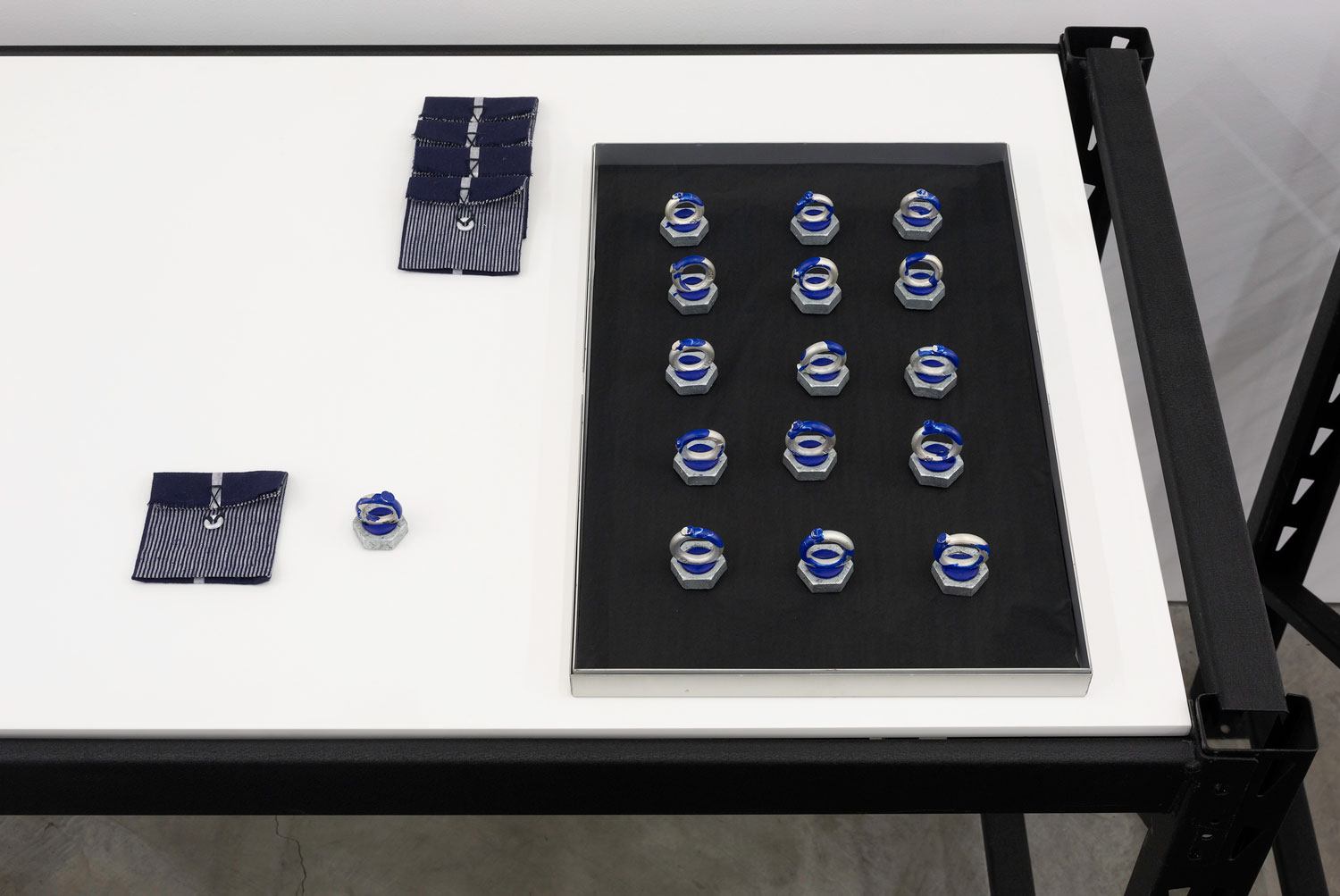
Image credit: Su san Cohn, Peace Rings, 2023, fine silver rings, galvanised steel, polymer clay, Japanese cotton, aluminium, Ring: 65 mm thick, various diameters, Ring stand: 33.7 x 30 x 11.5 mm. Courtesy the artist and Anna Schwartz Gallery
This article was originally published in VAULT Magazine Issue 44 (November 2023 – January 2024).
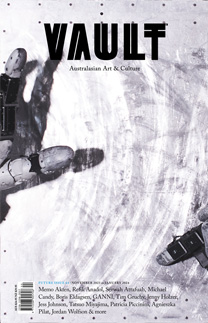
Click here to Subscribe




